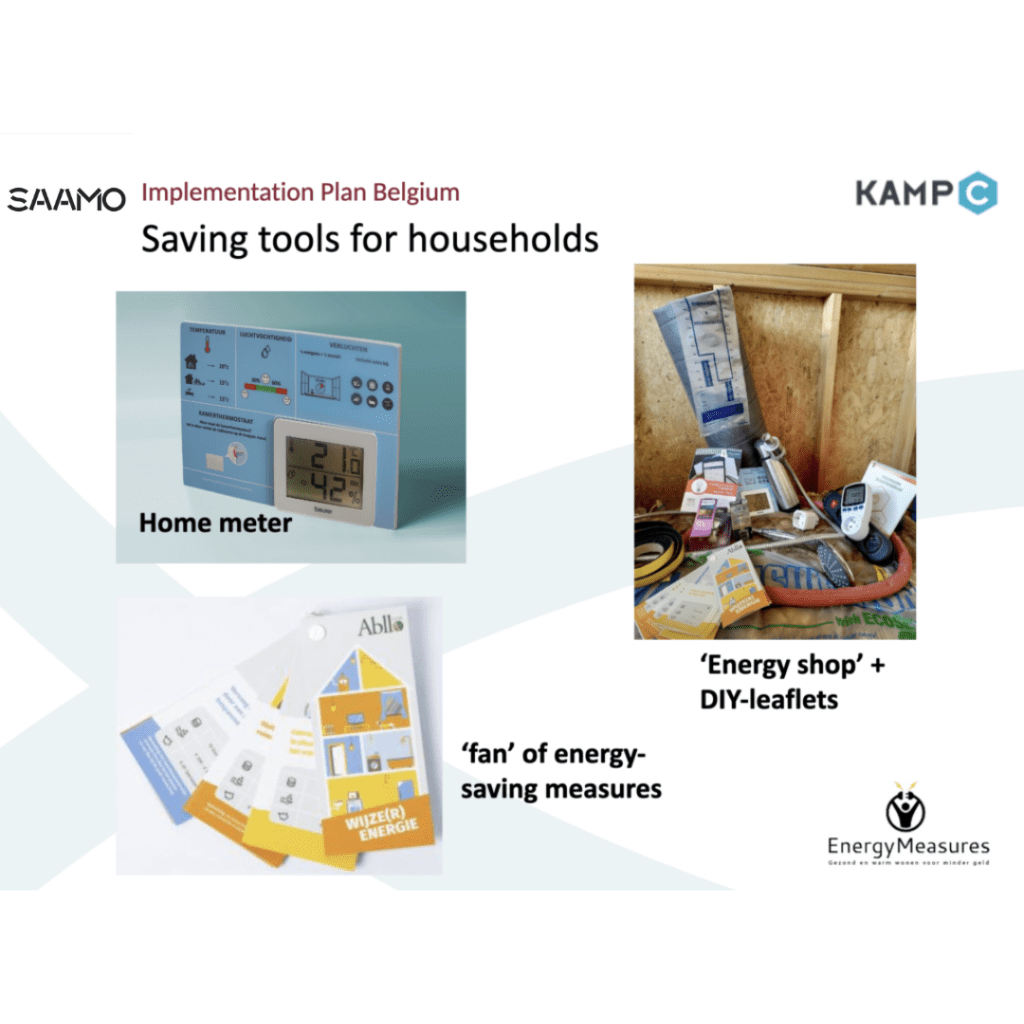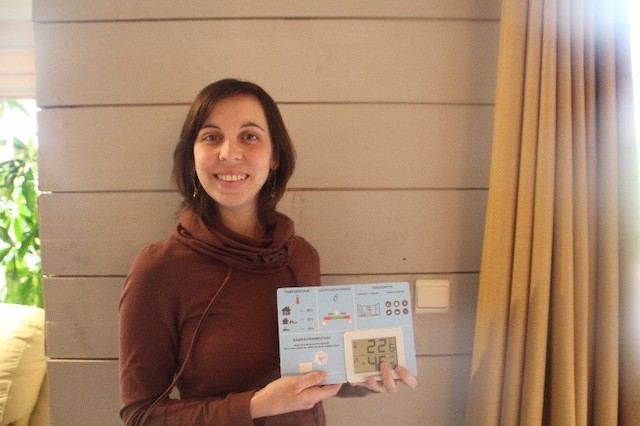Energy poverty in times of pandemic, challenges and disruptions. Dorina Pagliaro from SAAMO Provincie Antwerpen gives an insight into the prevailing situation in Belgium and shows what can be done to support people affected by energy poverty.
What is the situation concerning energy poverty in Belgium?
In Belgium, more than one in five households is affected by energy poverty. In Flanders, 15% of households are affected, in Wallonia almost 30%. This is because the houses in Wallonia are often larger and of poorer quality, and the incomes of the people there are lower. Natural gas is also more expensive there.
Who does it affect the most?
The vast majority of energy-poor households are single people or single-parent families (almost 70%). Single elderly women (+65) and single parent families headed by a woman are particularly vulnerable. There are also twice as many renters as owners who are affected by energy poverty. Although households with no income from employment are more at risk of energy poverty (36% of households with no income from employment experience energy poverty), almost 15% of households with one income from employment also experience energy poverty.
What are effects of energy poverty?
1 in 3 people in poverty also live in poor housing conditions: they live in non-insulated houses, suffer from mould and damp or have inadequate sanitary facilities. One third of families in poverty use energy-guzzling appliances.
In recent years, we have seen an increase in electricity prices, as well as in the number of installment plans with energy suppliers. Moreover, more and more installment plans are not followed. There are several social housing companies active in Belgium, but the share of social housing is still far too small to cope with the social housing shortage. The waiting time for a social house is 4 years on average, and is still rising. It is no exception to wait for more than 10 years for social housing. As a result, a large share of the lowest-income families are forced to rent in the private rental market, leading to many poorer renters living in substandard housing.
Are there already actions in place to prevent energy poverty?
The government offers various forms of support to energy-poor households. For instance, there is a social tariff for gas and electricity (and water), but the conditions for eligibility are fairly strict, and its target group does not cover the entire segment of poor households. In addition, there is an annual heating allowance for poor households that heat with fuel oil or petroleum. There is also an energy fund, from which households experiencing difficulties in paying their energy bills can receive an additional allowance, but this is a favor and not a right, and its allocation is rather exceptional. Both the government and the network manager of gas and electricity also offer various premiums for owners who renovate their house or make it more energy efficient. However, these premiums do not apply to landlords on the private rental market. Also, for poor owners these premiums are not sufficient to cover the costs of a renovation.
In general, the number of people in poverty (and also energy poverty numbers) have been rising for several years in Belgium, and this was even before the pandemic situation. It is assumed that the covid-crisis won’t have done the situation any good.
How do you identify households that are eligible to participate in EnergyMeasures?
Households are eligible to participate in the project if they meet two out of three of the following criteria:
- low income (we use some very specific criteria to determine this, the same criteria that are used by the Belgian government to determine who has right to an energy loan)
- inability to keep the home warm (as self-reported by the household)
- arrears on utility bills
If households only meet one out of three criteria, they can still be eligible, if they have other characteristics that make them vulnerable, such as: single-parent families, elderly people, very young people living on their own, newcomers or households with young children.
What do you offer to households participating in the EnergyMeasures project?
We offer them tips and tricks to save energy and live warmer and healthier, based on every individual situation and housing condition. Combined with that advise, we also offer them some free tools that can help them save energy, like a small device that measures room temperature and humidity and alerts you when it is time to heat the room more or less or open up a window to allow fresh air in. Or other tools like radiator foil, LED bulbs, a low flow shower-head, or a water-saving tap head, a shower timer, insulation tubes for pipes, etc. We help the household choose those materials and those saving tips that can improve their living situation best. In this way, we want to combine a behavior-changing approach with small low-cost improvements in the housing conditions. Of course, before that, we have a thorough conversation with the households regarding their energy consumption and we take a look at the quality of their house, in order to give them advise and materials that are really useful in their situation. Afterwards, we follow up on them by phone/WhatsApp/mail etc to see if they really implement the bespoke energy saving plan, if they need more help or if they experience any improvement.

Has there been the possibility to visit households so far, or is this not possible because of the Coronavirus measures?
Unfortunately, due to the covid restrictions, we have not been able to visit households so far, to really discuss energy-saving measurements and bring them the saving tools. We have already recruited several households into the project however, with whom we have had a first conversation, either on the phone or in our offices, to get a view on their energy consumption and energy-related behavior. The way the covid-situation and vaccination rate in Belgium is evolving right now, gives me good hope that we can finally start household visits with those recruited households in a few weeks.
How can the project still be implemented – are there any ideas for this?
I find it very difficult, or almost impossible, to really start engaging households in the project, since the energy saving advise and the installation of the energy saving tools I mentioned before, really require a home visit. To really achieve a behavior change and an improvement in experienced comfort, we have to enter into the house and explain the saving tips and tricks visually. We have to install the saving tools together with the households. We believe that this way of working will create the largest chances to success. Up till now we were able however to develop communication materials, start a communication campaign and establish partnerships with other social organisations in order to reach out to households as much as possible. We have our action plan worked out, and our tools are ready. We already have a short list of households willing to participate, so the moment we’re allowed to, we can start the engagement. I’m very much looking forward to it!
